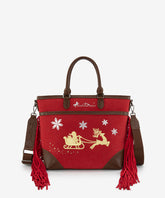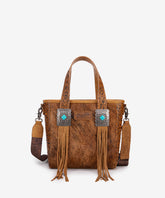Does a Purse Count as a Carry-On? Montana West Has the Answer
One of the most frequently asked questions among travelers is whether a purse qualifies as a carry-on. Generally, most airlines consider purses to be personal items rather than carry-ons. To understand the distinction, it's essential to differentiate between the two.
What is a Carry-On?
A carry-on, also known as hand luggage, refers to any piece of luggage that passengers are allowed to bring into the cabin of an airplane. Typically, carry-ons are used to store valuable or essential items passengers might need during their journey, such as snacks, chargers, medications, or cosmetics.

Carry-ons are designed to fit either under the seat or in the overhead compartments, making them easily accessible throughout the flight.
What is a Personal Item?
A personal item is any piece of luggage that can fit underneath the seat in front of you. Examples of personal items include small purses, laptop bags, compact backpacks, diaper bags, or even slim wallets.

While both carry-ons and personal items share some similarities, there are notable differences that help distinguish the two.
Difference Between a Carry-On and a Personal Item
The primary difference lies in the size and storage requirements:
● Carry-Ons:
Typically larger, with dimensions up to 22x14x9 inches.
Examples include rolling suitcases, large duffel bags, or hiking backpacks.
Stored in overhead compartments.
● Personal Items:
Smaller in size, usually up to 18x14x8 inches.
Examples include purses, laptop bags, compact backpacks, and cardholders.
Designed to fit under the seat in front of you.

Other key differences include weight allowances and ticket inclusions:
● Personal items usually have a weight allowance of around 33 liters, whereas carry-ons allow up to 45 liters.
● Most airlines include personal items in the ticket price, but carry-ons may incur extra fees, especially with low-cost carriers.
Additionally, forced gate-checking (when an item must be stowed in the cargo hold due to space limitations) is more common with carry-ons than personal items.

Airline Requirements
Most airlines allow passengers to bring both a carry-on and a personal item onboard, provided they meet size and weight restrictions. However, specific policies vary:
● Economy Class: Generally permits one carry-on and one personal item.
● Business or First Class: May allow an additional carry-on or larger personal items.
● Low-Cost Airlines: Often charge extra for carry-ons, limiting passengers to one personal item included in the ticket price.
Many airlines have size-checking devices to ensure compliance, and some require both items to fit within the designated storage areas (under the seat or in the overhead bin).
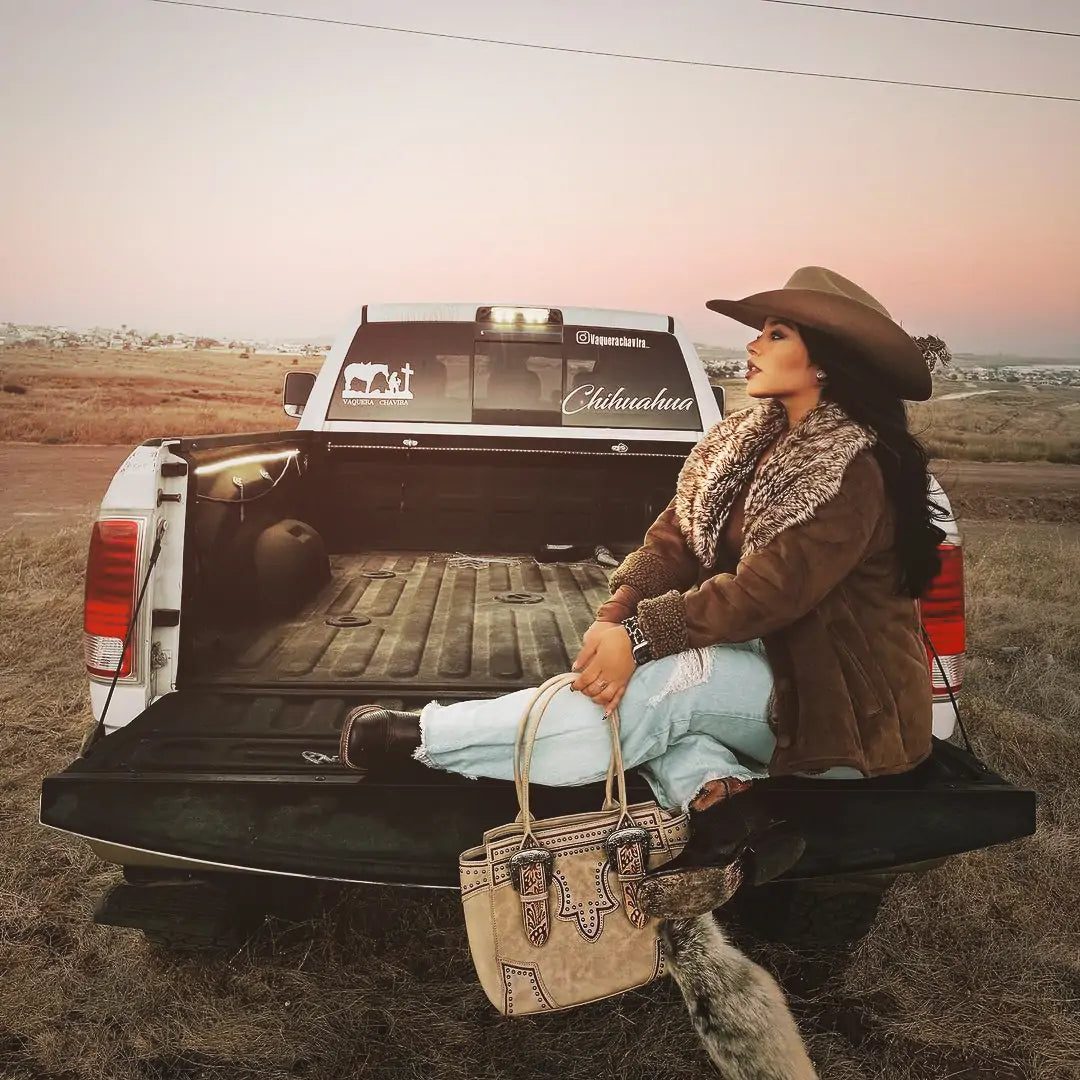
Should You Bring a Carry-On or a Personal Item?
Deciding between a carry-on and a personal item depends on the nature of your trip and what you need to bring:
● Short Trips (2-3 Days): A small purse or compact personal item is sufficient for essentials, providing ease and convenience.
● Longer Trips or Heavier Packing Needs: A carry-on is ideal for additional storage space. Combining a carry-on and a personal item (such as a purse) maximizes your luggage allowance.
For basic economy tickets or ultra-low-cost airlines, passengers may be limited to just one personal item. Always confirm airline policies before traveling to avoid surprises.

The Benefits of Traveling with a Purse
Purses are an excellent travel companion for keeping valuables like passports, phones, and small essentials within easy reach. Unlike larger carry-ons, purses fit conveniently under the seat, minimizing the need to compete for overhead bin space. Here's why bringing a purse as a personal item makes sense:
● Accessibility: Keep important items close during the flight.
● Convenience: No need to rush to board early for overhead bin space.
● Security: Valuables stay within reach, reducing the risk of loss.
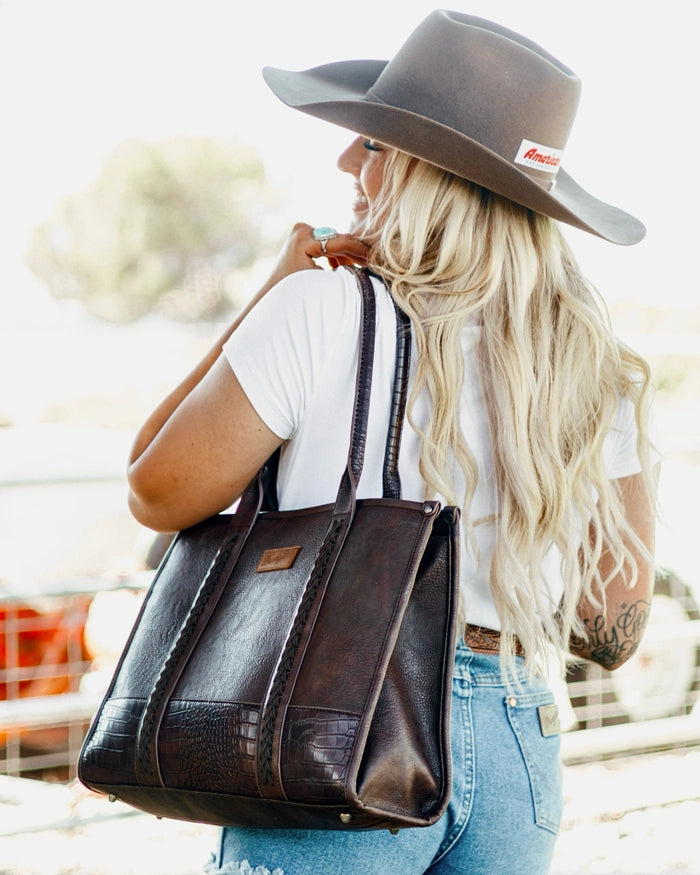
Combining Carry-Ons and Personal Items
Most travelers prefer to bring both a carry-on and a personal item when allowed. For example:
● Use a carry-on for larger items like clothes and shoes.
● Carry a purse or small bag for essentials, making it easier to navigate through security checks and access necessary items during the flight.
In some cases, travelers bring only a personal item to avoid additional fees or to simplify their travel experience. Others, especially frequent travelers like pilots or flight attendants, maximize their allowance with larger carry-ons and personal items.
Are Backpacks Carry-Ons?
Backpacks often fall into a gray area between carry-ons and personal items because their size can vary significantly. Understanding whether a backpack is considered a carry-on or a personal item depends on its dimensions, how it fits into storage spaces, and airline-specific policies.

Backpacks as Personal Items
● Size Requirements: To qualify as a personal item, a backpack must be compact enough to fit underneath the seat in front of you. Typical dimensions for personal item backpacks are approximately 18x14x8 inches or smaller.
● Use Case: Small backpacks are perfect for carrying travel essentials like laptops, chargers, toiletries, snacks, or a change of clothes. They're particularly useful for short trips or as a complement to larger luggage.
● Examples:
○ Slim laptop backpacks.
○ Mini travel backpacks.
○ Daypacks designed for light use.
Backpacks as Carry-Ons
● Size Requirements: Larger backpacks, such as those used for hiking or multi-day trips, are generally classified as carry-ons. These typically have dimensions around 22x14x9 inches and are stored in the overhead compartment.
● Use Case: Backpacks in this category are suitable for longer trips where you need more packing space for clothes, shoes, or other bulkier items.
● Examples:
○ Hiking backpacks.
○ Travel backpacks with multiple compartments.
○ Backpacks designed for cabin luggage.

How Airlines Differentiate Backpacks
● Airlines classify a backpack as either a personal item or a carry-on based on where it can be stored:
○ If it fits under the seat, it's a personal item.
○ If it needs to be placed in the overhead bin, it's a carry-on.
● Weight and dimensions are also crucial. Some airlines allow slightly larger personal items, while others are stricter with size limits. Always measure your backpack and check airline policies to avoid confusion.
Travelers' Tips for Backpacks
● For Short Trips: Opt for a small backpack as a personal item. It's easier to carry and perfect for essentials like electronics, snacks, or travel documents.
● For Longer Trips: Use a larger backpack as your carry-on and a smaller purse or sling bag as your personal item to maximize storage.
● Dual Purpose Backpacks: Some backpacks are designed to be compact yet expandable, allowing them to transition between personal items and carry-ons based on how much you pack.
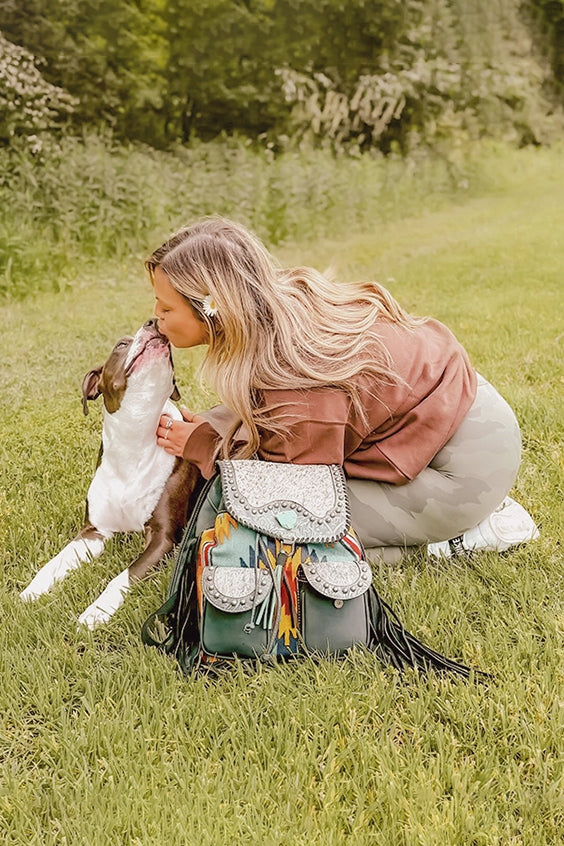
Backpacks vs. Other Luggage
Backpacks are often more versatile than traditional luggage:
● Hands-Free Travel: Unlike rolling suitcases, backpacks leave your hands free, making them ideal for navigating busy airports or public transportation.
● Flexible Storage: Backpacks can be compressed to fit tighter spaces, unlike rigid carry-on bags.
● Ergonomic Design: Many travel backpacks come with padded straps and compartments, ensuring comfort even when carrying heavier items.
Important Considerations
● Storage Location: If you're using a backpack as a personal item, ensure it fits comfortably under the seat in front of you to avoid issues during boarding.
● Weight Distribution: Heavier backpacks can become uncomfortable over time. Choose a well-designed backpack with ergonomic straps to reduce strain.
● Airline Policies: Budget airlines may be stricter about backpack dimensions, so always check the specific guidelines for your flight.
By understanding these distinctions, travelers can choose the right type of backpack for their needs, ensuring a smooth and stress-free journey. Whether you're carrying a compact daypack or a larger travel backpack, planning ahead can help you make the most of your luggage allowance.

Conclusion
In most cases, a purse is considered a personal item, not a carry-on. This classification makes it easier to travel light and keep your essentials close by. For short trips, a purse or personal item is often sufficient. For longer journeys, combining a carry-on with a purse ensures you maximize your storage while staying organized.
Always check your airline's luggage policies in advance, as restrictions and allowances can vary. By planning ahead and understanding the differences between carry-ons and personal items, you can make the most of your travel experience—whether it's with a purse, a carry-on, or both.




